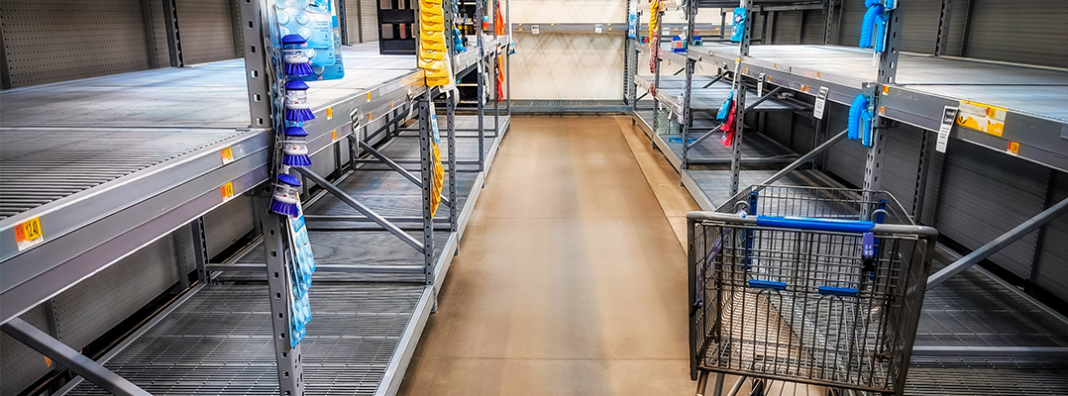
One year ago, California and Hawaii were the first states to announce emergency declarations to fight COVID-19. In doing so, they activated pre-existing price gouging regulations. The reasoning, California Gov. Gavin Newsom claimed, was that “consumers [will be] able to purchase what they need, at a fair price.”
Unfortunately, for some of those consumers, that fair price cost them their lives.
Thirty-nine more states and the District of Columbia, including 11 states that didn’t have previous legislation, subsequently activated price gouging regulations. The main goal of this policy, as it has been since New York enacted the first of its kind in 1979, was to make goods broadly available at low prices during a public emergency.
But at what cost?
According to our new research, last year, that cost increased the spread of COVID-19.
You may recall early on in the pandemic the phenomenon of panic shopping and hoarding. It might have taken you multiple trips to the store, causing you to be in contact with an increased number of people, to find even the smallest amounts of two-ply toilet paper or a tiny bottle of hand sanitizer.
You were not alone. Our research looked at how many individuals people came into contact with, before and after these laws were enacted. The data shows that the average individual in states with price gouging laws had more contact in commercial spaces than did people in states without these regulations.
What governments tried to do was to stabilize prices. What they actually did was subsidize hoarders and increase the number of coronavirus cases, and deaths.
On average, the increased social contacts in these states accounted for one out of every four deaths per day in the month of April.
Adding insult to injury, it is clear the burden was not shared equally. The highest-income households were able to spend more of their income in order to have less contact with people, in turn decreasing their risk of exposure. They utilized delivery apps like Postmates and TaskRabbit. They also had jobs that allowed them to work from home more easily than some essential workers, like grocery store clerks or gas station attendants.
Clearly, price gouging regulations helped undermine virus mitigation efforts, often hurting the poorest among us.
If the intended goal is to provide sufficient quantities of essential goods in the midst of an emergency, there has to be a safer and more effective path forward, but that means state policymakers need to have some flexibility in their decisionmaking processes. Some of the best ideas come from people working in industries most affected by these regulations.
For example, in Denmark, one grocer was able to prevent hoarding by charging consumers a higher price if they intended to purchase a second bottle of hand sanitizer, proving there are ways to stop the spread of the virus while making sure people have the goods they need without trading one at the expense of the other.
As we continue to contemplate the deaths of 500,000 Americans, we need to examine all policies — no matter the justification — ensuring they achieve their intended goals.
Policymakers in states with price gouging laws have a clear trade-off before them, they can try to stabilize prices or they can mitigate the spread of a virus. But trying to do both simply doesn’t work well.



 Star Tribune
Star Tribune